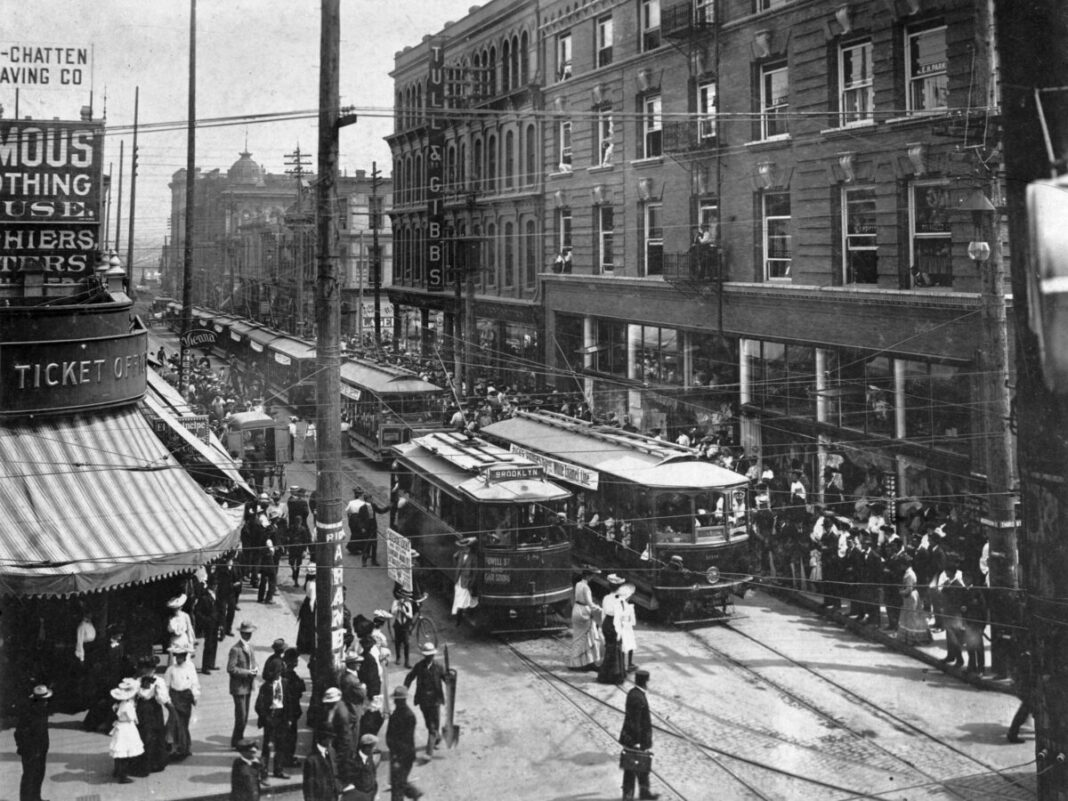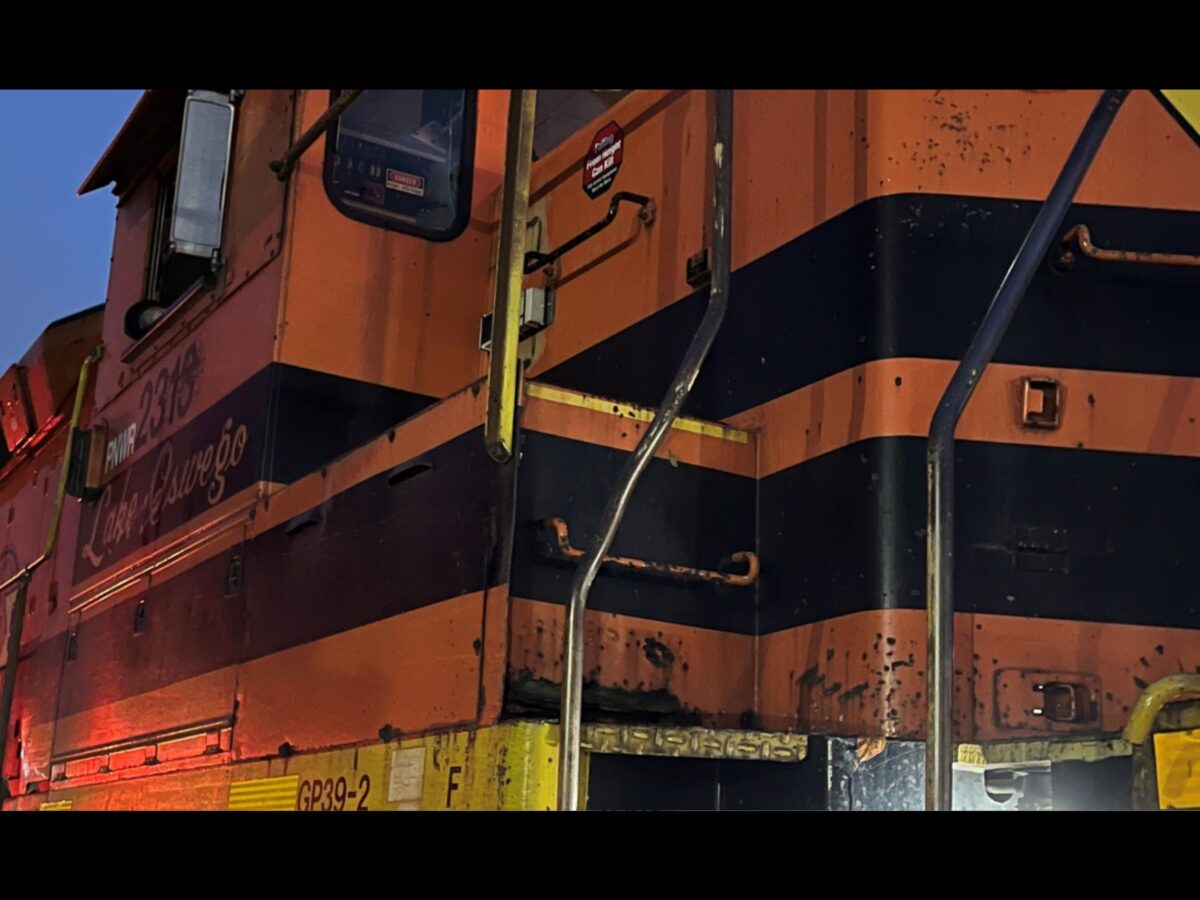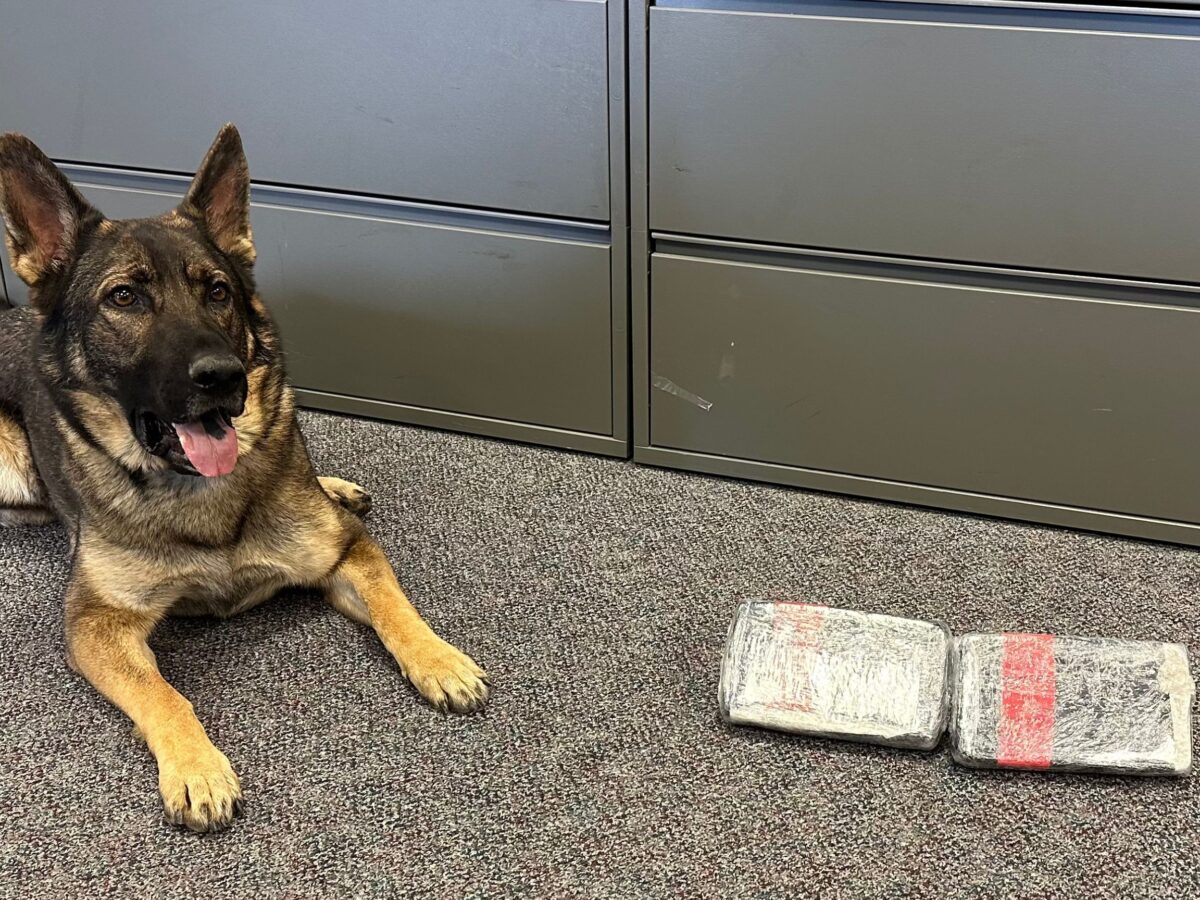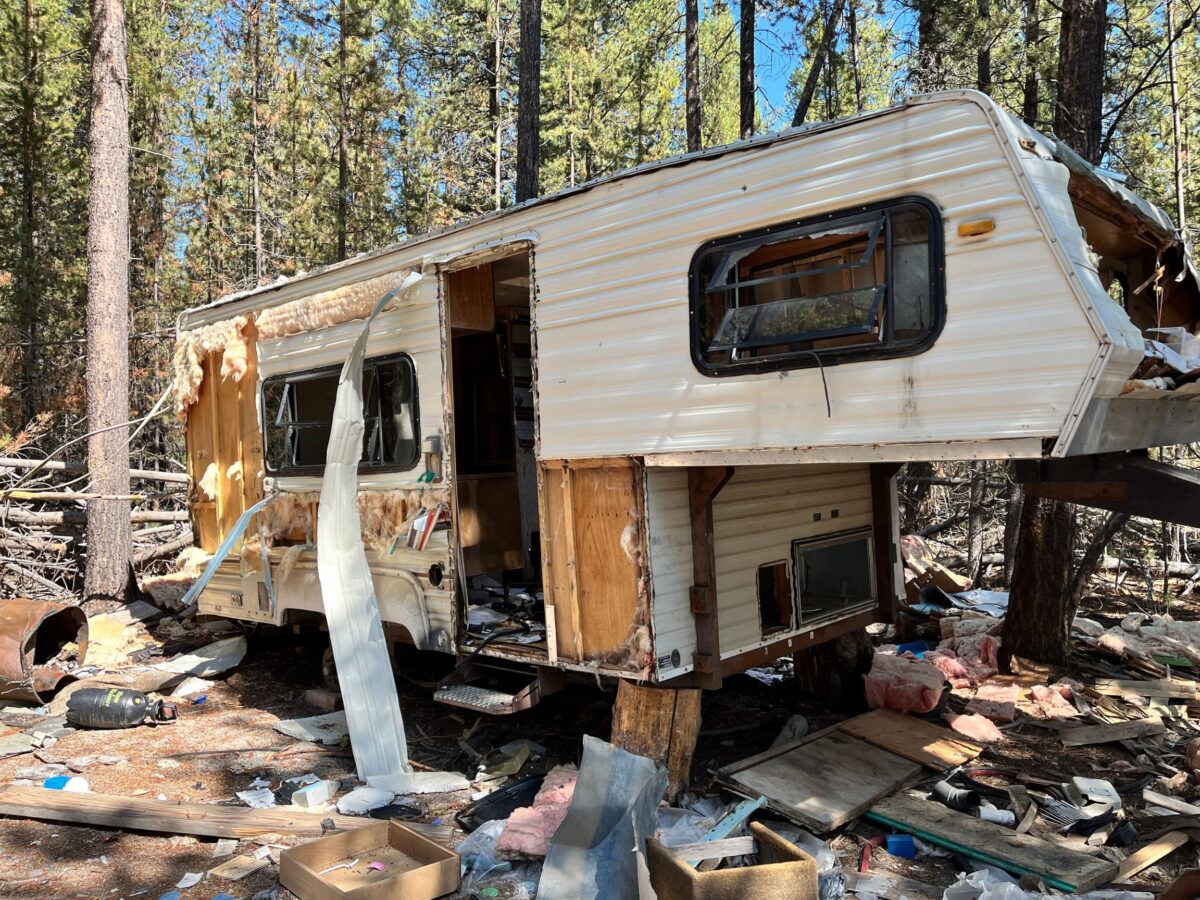What defines a city? How has the relationship between people, land, and water made Portland the place it is today? These are some of the questions asked in the Oregon Historical Society’s newest permanent exhibition, Rivers, Roses, and Rip City: The Remarkable History of Portland.
Opening June 7 in the museum’s Naito Family Gallery, this interactive installation will allow visitors to learn about the city’s distinctive landscape, the communities that contribute to the vibrant and dynamic identity of Portland, and the history of activism that has transformed its spaces.
“While we are the Oregon Historical Society, our headquarters being located in downtown Portland gives us a distinct opportunity and responsibility to share the history of our city,” said OHS Boyle Family Executive Director Kerry Tymchuk. “Our city has a complex, messy, and inspiring history, and our hope is that folks will walk away from this exhibition with a greater understanding of this city’s past, context for our present, and how each of us can help shape Portland’s future.”
With the flip of a coin, two American businessmen gave Portland its name, but its history is a much more complex story. For hundreds of years, Portland’s location and industries have attracted a multiethnic population who have made it their home. Decisions about how land and water are used, who controls resources, and who benefits from these choices have shaped Portland into the city it is today.
The beauty and economic potential of the city’s land and water draws people to Portland. Indigenous people have stewarded the land since time immemorial. Trappers and settlers arrived in the region in increasing numbers beginning with the Lewis and Clark Expedition in 1805. Newcomers chose the area at the meeting of two large rivers, the Columbia and Willamette, to become the industrial and population center of what is now known as Oregon.
Inside the exhibition, 500 objects, images, and archival materials from the Oregon Historical Society’s museum and research library collections convey the fascinating events and histories of the Rose City. Interactive elements will test visitors’ knowledge of Portland trivia, provide opportunities to see or hear sporting events or performances, and share areas of cultural interest within local neighborhoods.
This exhibition reveals the countless ways Portlanders come together — over events like the Rose Festival, a Trail Blazers’ win, or the blossoming of cherry trees — to create and celebrate community.
“For visitors and residents alike, Rivers, Roses, and Rip City celebrates what makes Portland unique,” said Tymchuk.







